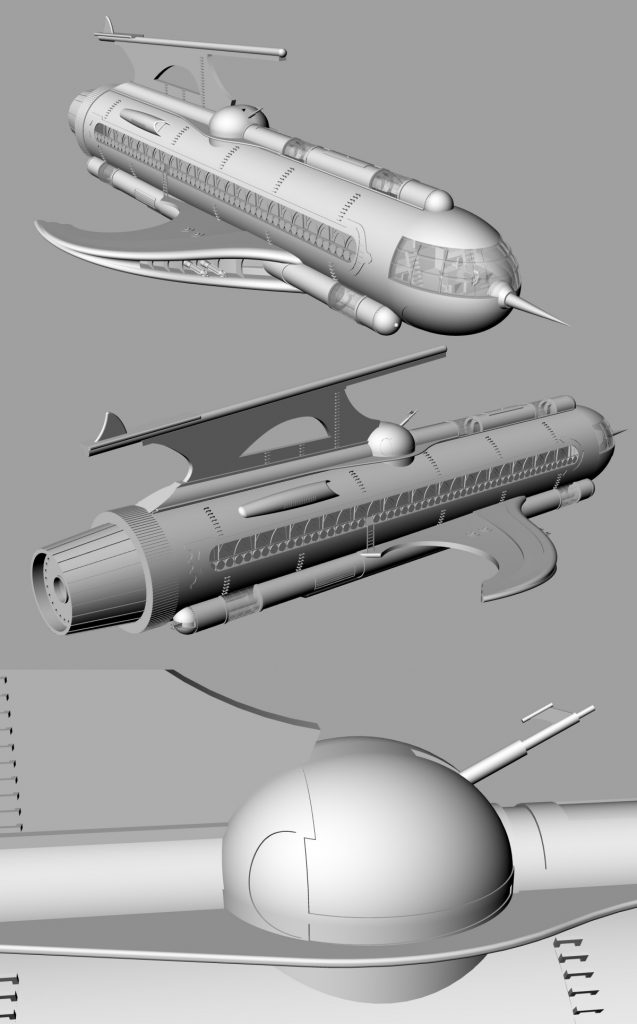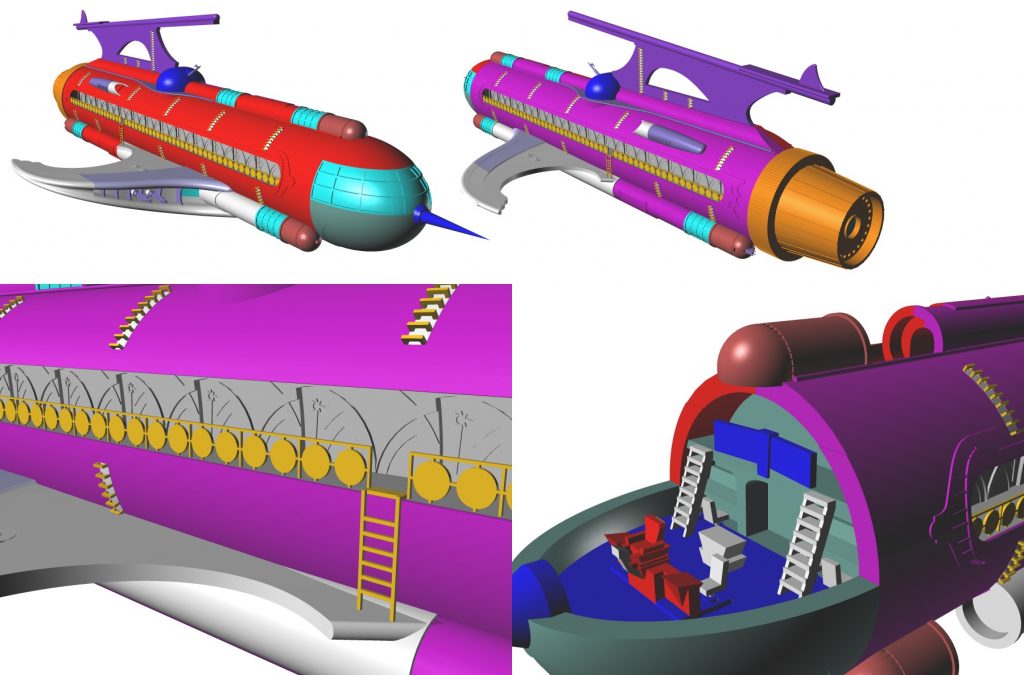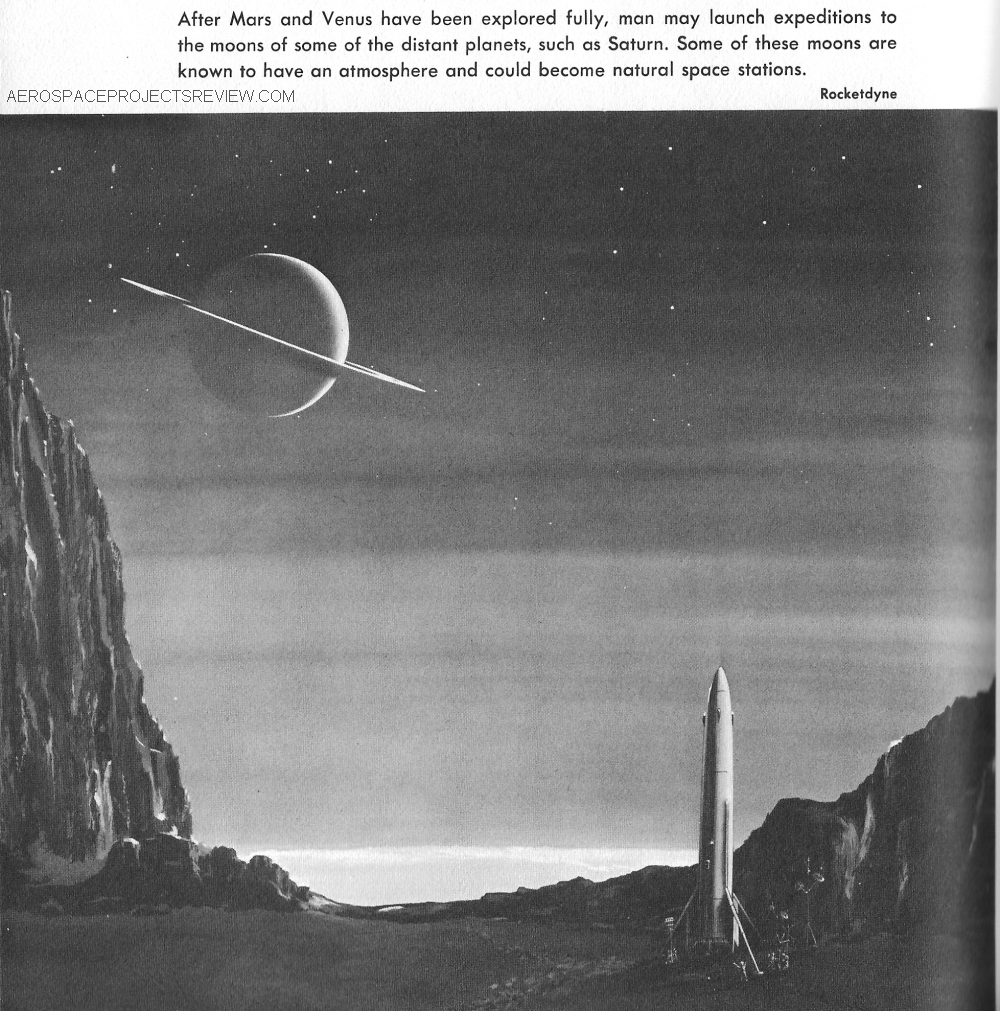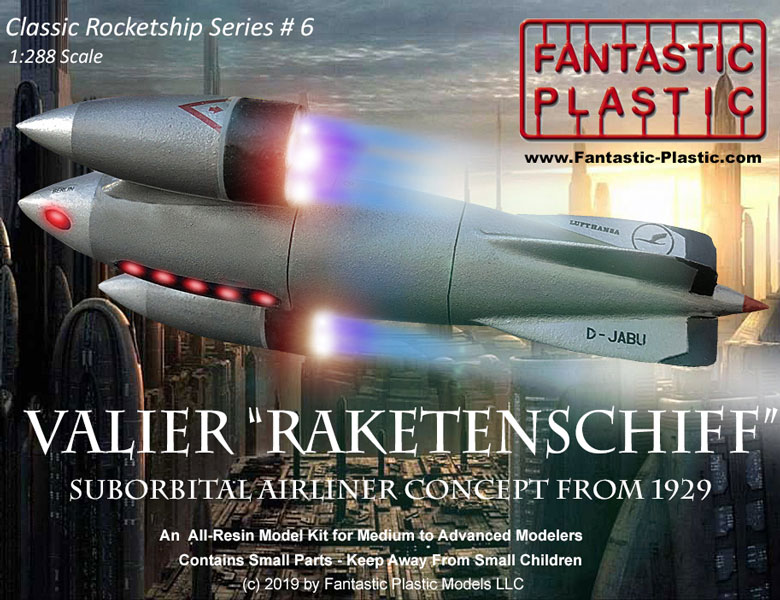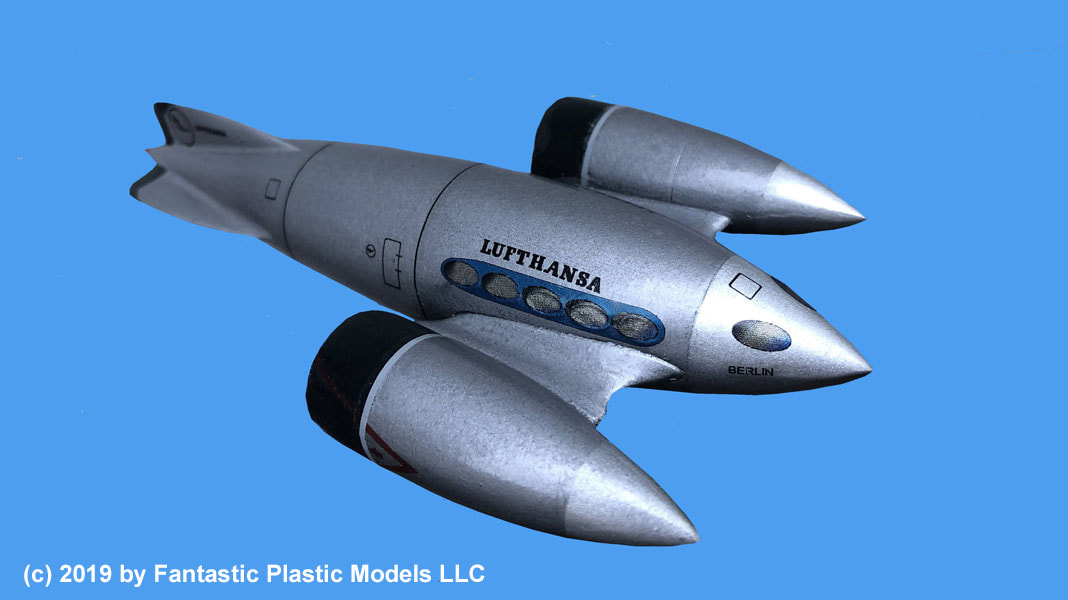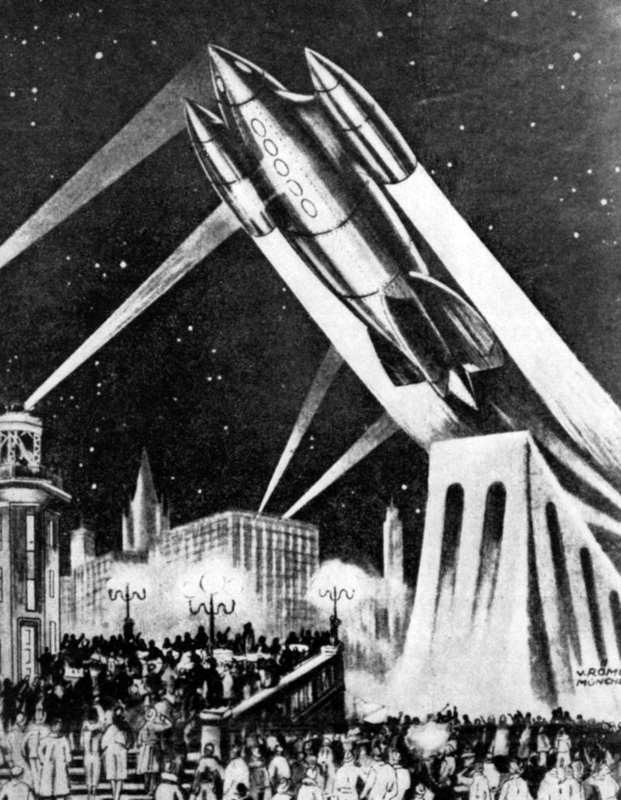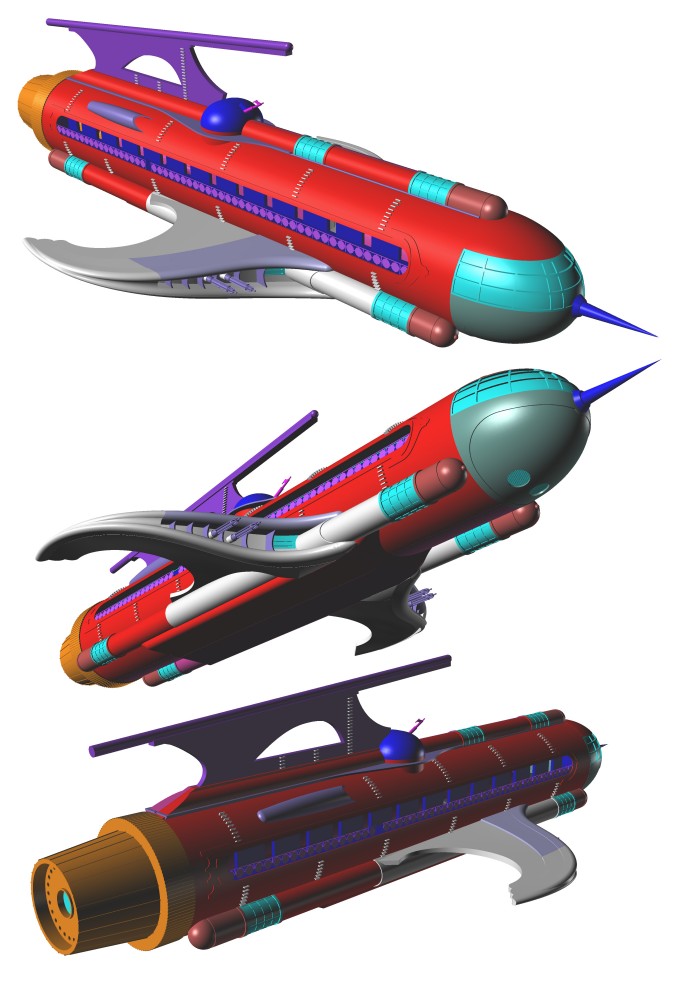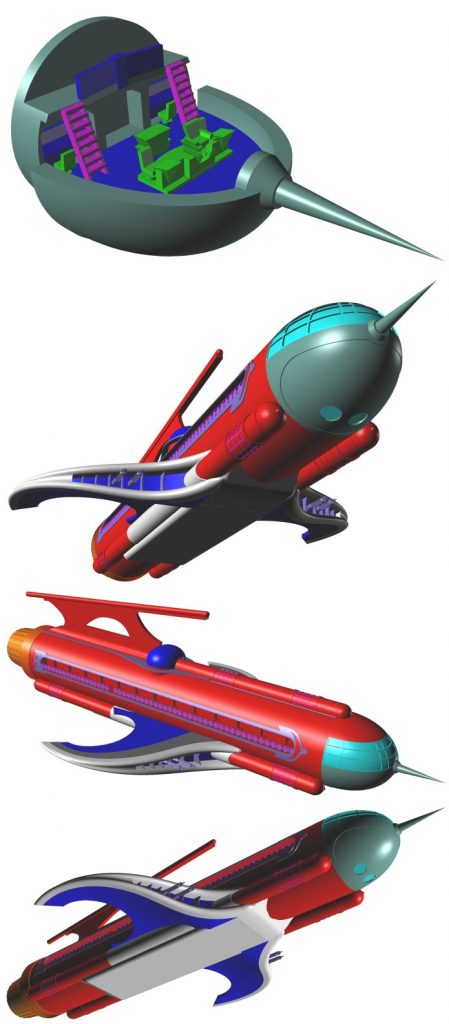Getting close to finished with the Ajax model. Just need to clean up a few bits and do some work on the engine and add some details to the rear of the “spine,” and it’ll be there.
There was some debate about how to deal with the nearly 200 rungs on the side of the vehicle. They are just big enough that simple raised rectangular bumps on the surface would look lame. So the decision as it currently stands is to include two options the builder can choose from. Both build on “troughs” cut in the surface.
1) The simpler option include segments that fit in the troughs and which have molded-in rungs. They simply plug in.
2) The more complex option uses segment plugs with gaps on the side, the end result being that when the plugs are inserted there will be holes in the surface. Into these holes will fit photoetched brass rungs. This will be labor intensive… but the end result should look phenomenal.
Coupled with the clear parts and theoretically easy lightability… this should be a damned spiffy model when finished.
